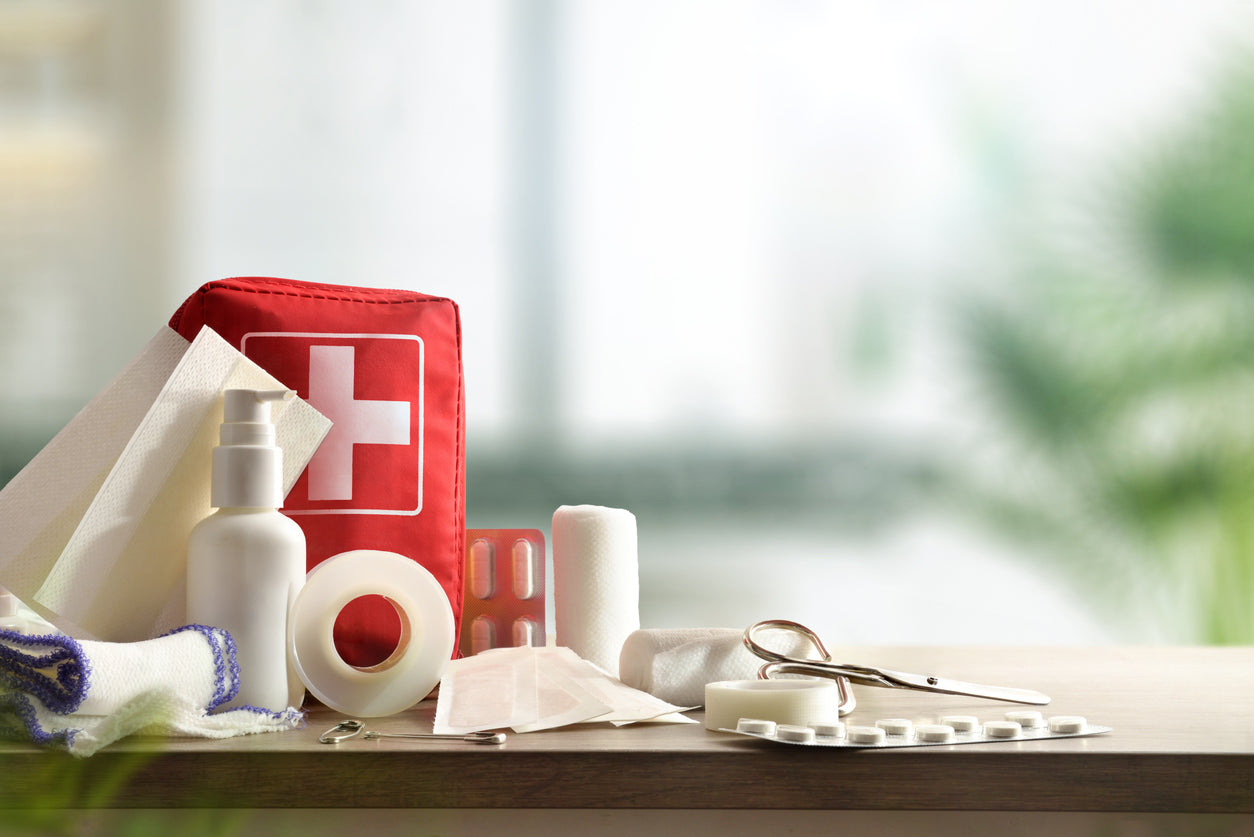Introduction
When it comes to safety, being prepared is half the battle. Whether at home or in the workplace, having the right safety supplies on hand can make all the difference in an emergency. In this blog, we’ll cover the top 10 must-have safety supplies that every home and workplace should stock up on to ensure maximum preparedness and protection.
1. First Aid Kit
Why It’s Essential: A comprehensive first aid kit is the cornerstone of any safety supply collection. It should include bandages, gauze pads, antiseptic wipes, scissors, tweezers, adhesive tape, and pain relievers. Having these supplies readily available can help you handle minor injuries and stabilize more serious ones until professional help arrives.
What to Look For: Opt for a kit that is well-stocked, organized, and includes a first aid manual. Make sure it’s easily accessible and regularly check that items are not expired.
2. Fire Extinguishers
Why It’s Essential: Fires can break out unexpectedly, and having a fire extinguisher nearby can mean the difference between a small incident and a catastrophic event. Different types of fire extinguishers are designed for different kinds of fires, so it’s crucial to have the appropriate one for your environment.
What to Look For: Ensure you have the correct type (e.g., ABC for general use, K for kitchen fires) and that it’s regularly inspected and maintained.
3. Smoke and Carbon Monoxide Detectors
Why It’s Essential: Early detection of smoke and carbon monoxide can save lives by providing critical warning before these dangers become lethal. Both devices are crucial in preventing deaths caused by fires and carbon monoxide poisoning.
What to Look For: Install detectors on every level of your home and workplace, especially near sleeping areas and kitchens. Test them monthly and replace batteries at least once a year.
4. Emergency Lighting
Why It’s Essential: Power outages can leave you in the dark at critical moments. Emergency lighting ensures you can safely navigate and continue essential operations during a blackout.
What to Look For: Invest in battery-powered or rechargeable LED flashlights and lanterns. Also, consider installing automatic emergency lights that activate when the power goes out.
5. Personal Protective Equipment (PPE)
Why It’s Essential: PPE like gloves, masks, goggles, and ear protection is essential for protecting against various hazards, whether it’s chemical exposure, loud noises, or airborne particles.
What to Look For: Ensure you have PPE suited to the specific risks of your environment. Stock up on disposable items and regularly inspect reusable gear for wear and tear.
6. Fire Blankets
Why It’s Essential: A fire blanket can quickly smother small fires, particularly those involving clothing or kitchen appliances, and is an excellent addition to your fire safety arsenal.
What to Look For: Look for fire blankets that meet safety standards and are easy to deploy. Store them in accessible locations, especially in kitchens and near fire-prone areas.
7. Spill Kits
Why It’s Essential: Spill kits are essential for safely managing and cleaning up hazardous spills, whether they involve chemicals, oil, or other dangerous substances.
What to Look For: Kits should include absorbent materials, protective equipment, and disposal bags. Ensure they are tailored to the specific types of spills you might encounter in your environment.
8. Automated External Defibrillators (AEDs)
Why It’s Essential: In the event of sudden cardiac arrest, an AED can be a lifesaver. These devices are designed to be used by anyone, even without medical training, to restore a normal heart rhythm.
What to Look For: Ensure your AED is fully charged, easily accessible, and that your team is trained in its use. Regularly check the device according to the manufacturer’s instructions.
9. Emergency Preparedness Kit
Why It’s Essential: An emergency preparedness kit contains essential items to help you survive during a disaster. This includes water, non-perishable food, a flashlight, batteries, a radio, and basic tools.
What to Look For: Kits should be tailored to the specific needs of your household or workplace, considering the types of emergencies most likely to occur in your area.
10. Eye Wash Stations
Why It’s Essential: In environments where there’s a risk of eye contamination from chemicals or debris, having an eye wash station can prevent serious eye injuries.
What to Look For: Install stations that are easily accessible and regularly maintained. Make sure everyone knows how to use them properly.
Conclusion
Being prepared with the right safety supplies can significantly reduce the risk of injury and improve your ability to respond effectively in emergencies. Regularly review and update your safety supplies to ensure they meet the specific needs of your home or workplace. By prioritizing safety, you create a secure environment for yourself and those around you.
FAQs
Q1: How often should I check my first aid kit? Check your first aid kit every six months to ensure all items are present and not expired.
Q2: Can I use any fire extinguisher for all types of fires? No, different fire extinguishers are designed for different types of fires. Ensure you have the correct type for your specific needs.
Q3: How frequently should smoke and carbon monoxide detectors be tested? Test detectors monthly and replace batteries at least once a year.
Q4: What should be included in a spill kit? A spill kit should include absorbent materials, protective gear, and disposal bags specific to the type of spills you might encounter.
Q5: Do I need training to use an AED? While AEDs are designed to be user-friendly, it’s highly recommended to undergo basic training to ensure effective use during an emergency.

